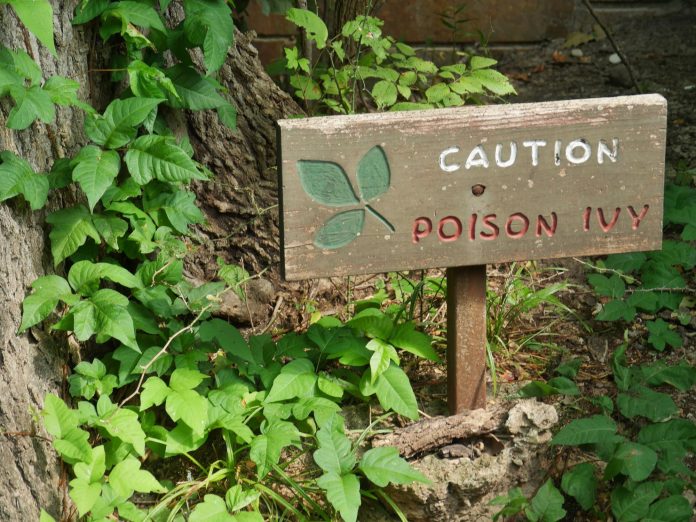In most cases, poison ivy and poison oak causes a hot, itchy rash. The plant oil clings to the skin and gives rise to a skin reaction. Unfortunately, before they know what the problem is, most people disperse the oil. The little itch gets scratched and passing the oil to other areas of the body and becomes a major itch.
The rash is not infectious but the oil spreads quickly. It can stick to your clothing, equipment, and other surfaces to later cause new reactions. So, what can you do to combat the rash and the terrible itch? There are a number of natural cures for poison ivy and poison oak.
Dress for the Job
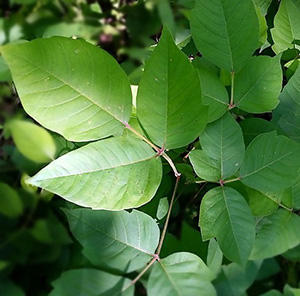
Apparently, many people don’t recognize poison ivy or poison oak until they are already in contact. So, the suggestion might be too late. When you go out to get rid of a poison ivy or poison oak tree, cover up as much skin as possible. Wear long pants, socks, boots, long-sleeved shirt and, face covering, if available. Then wash your clothes thoroughly along with your tools and everything that could have come into contact with the plant are removed.
Related: 5 Forbidden Remedies That Should Be Legal
Clean the Area Completely
To avoid any rashes, the oil must be washed away. Unfortunately, the oil is still stuck to the skin and you need to vigorously wash the skin with soapy water or rubbing alcohol. Your best approach is to rub off infected areas with rubbing alcohol, then take a shower and wash each part of your body immediately. This will help ensure you have not missed a spot. Washing the skin in an exposed area won’t stop a rash but it will absorb the oil so it won’t spread and hopefully make the reaction less serious.
Jewelweed
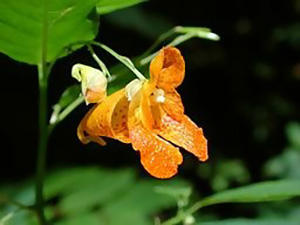
Jewelweed plant also grows in the vicinity of poison ivy, so check around to see if this plant is nearby. This is known for its calming properties, and is a very good remedy for poison ivy, poison oak, stinging nettle, or rashes caused by any other herb. Jewelweed is believed to counteract the plant’s chemicals which cause irritation.
I’ve had good experiences using jewelweed for poison ivy and other skin rashes. This can also be used for making soap, salves, or lotion. It can speedily clear up the rash, much quicker than it would on its own.
Slice the stem open and rub the sap onto the exposed skin to use the herb. Brewing chopped jewelweed in boiling water may also create an infusion until it turns dark orange. Strain and dump the infusion into an ice cube tray and freeze. To soothe the skin and help alleviate the rash, rub the infected area with the jewelweed block.
Related: 5 Home Remedies for Diarrhea
Relieve Pain and Itching with an Oatmeal Soak
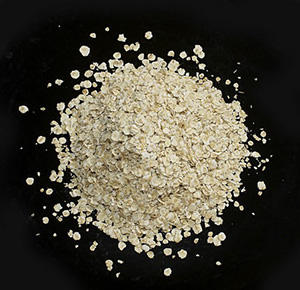
Soaking the rash in a cold bath with items made from oatmeal or oatmeal-based is calming and helps alleviate scratching. You can create an oatmeal bath by grinding a cup of dry oatmeal in the mixer. Wrap the powder in a clean cloth and tie it under running water stream. Fill the tub with some cold water and soak for 30 minutes.
Alternatively, apply a cool oatmeal compress several times a day or make a paste of ground oatmeal and water. Apply the paste to the affected area, in a thin layer. Let the paste dry on the skin before washing it away. Use several times a day, as needed to relieve the itch.
Each approach makes the blisters dry up, and they recover more easily. However, expect the rash will take two to three weeks to heal.
Calamine Lotion
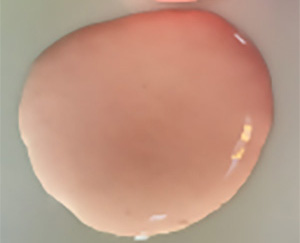
Calamine lotion is a common product made from a century-old recipe. Today ‘s formulation typically includes benedryl, which is often useful for allergic reactions and for skin-friendly zinc oxide. Calamine lotion has a drying effect and relieves itching on the blisters. Let the lotion dry in place and if necessary leave it on the skin.
Related: How To Prepare Medicinal Pickled Garlic
Bentonite Clay
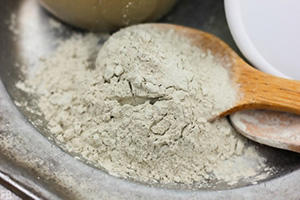
Bentonite clay or whatever clay you have available, applied as a paste, is also drying. This removes moisture and contaminants from the blister like calamine lotion and helps to relieve itching.
Mix a cup of clay with 1 teaspoon of salt, a few drops of peppermint oil, and enough water to create a smooth paste, to use clay to alleviate poison ivy or poison oak rash. Place a thin film on the rash and keep it in place for at least 20 to 30 minutes before it dries. Rinse it off and add a new layer again. You can store the remaining paste in a plastic bag and store it in the refrigerator for future use.
Baking Soda Paste
A paste made from baking soda and just enough water to moisten it will also help alleviate the itching. Baking soda helps flush out the contaminants and neutralize the oil while still relieving the itch and pain. Apply the paste to the rash and let it dry in place. Peel off the dry paste and add another layer. Continue this cycle until you feel relief from the itching and pain.
To make this paste even better, mix the baking soda with cold coffee and continue the process. Coffee contains chlorogenic acid which helps reduce the swelling and pain.
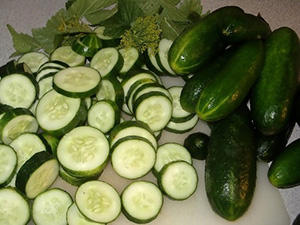
Cucumber Slices
Cucumber slices placed on the rash are soothing.
I sometimes blend cucumber into pulp and use the pulp to make a poultice.
The result is cooling and relieves the itch temporarily.
Aloe Vera Gel
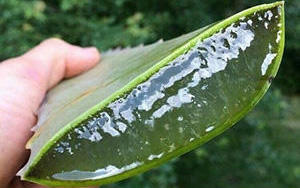
Aloe is really calming on any form of skin rash or discomfort.
Slit the aloe leaf open and scrape out the gel inside to use as a cooling cure for poison ivy or poison oak rashes. This is also a good way to soothe the skin during each of the above treatments.
Tea Tree Oil
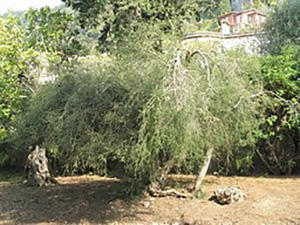
Tea tree oil is an anti-inflammatory that helps alleviate the rash caused by exposure to poison ivy and poison oak.
If you are using an undiluted oil, dilute it a ratio of 1 part tea tree oil to 9 parts carrier oil (olive oil or coconut oil). Apply a thin layer of the distilled oil to the infected skin.
Apple Cider Vinegar or Lemon Juice
Apple cider vinegar and lemon juice are also astringents that help alleviate the pain and itching of poison ivy and poison oak. Both can be used in the same way. Dab a cotton ball into the vinegar or lemon juice and add it directly to the rash or use the vinegar or juice to make a paste with baking soda. Apply it gently and allow it to dry in place. When it dries, add more vinegar or juice with a spray bottle or cotton ball.


